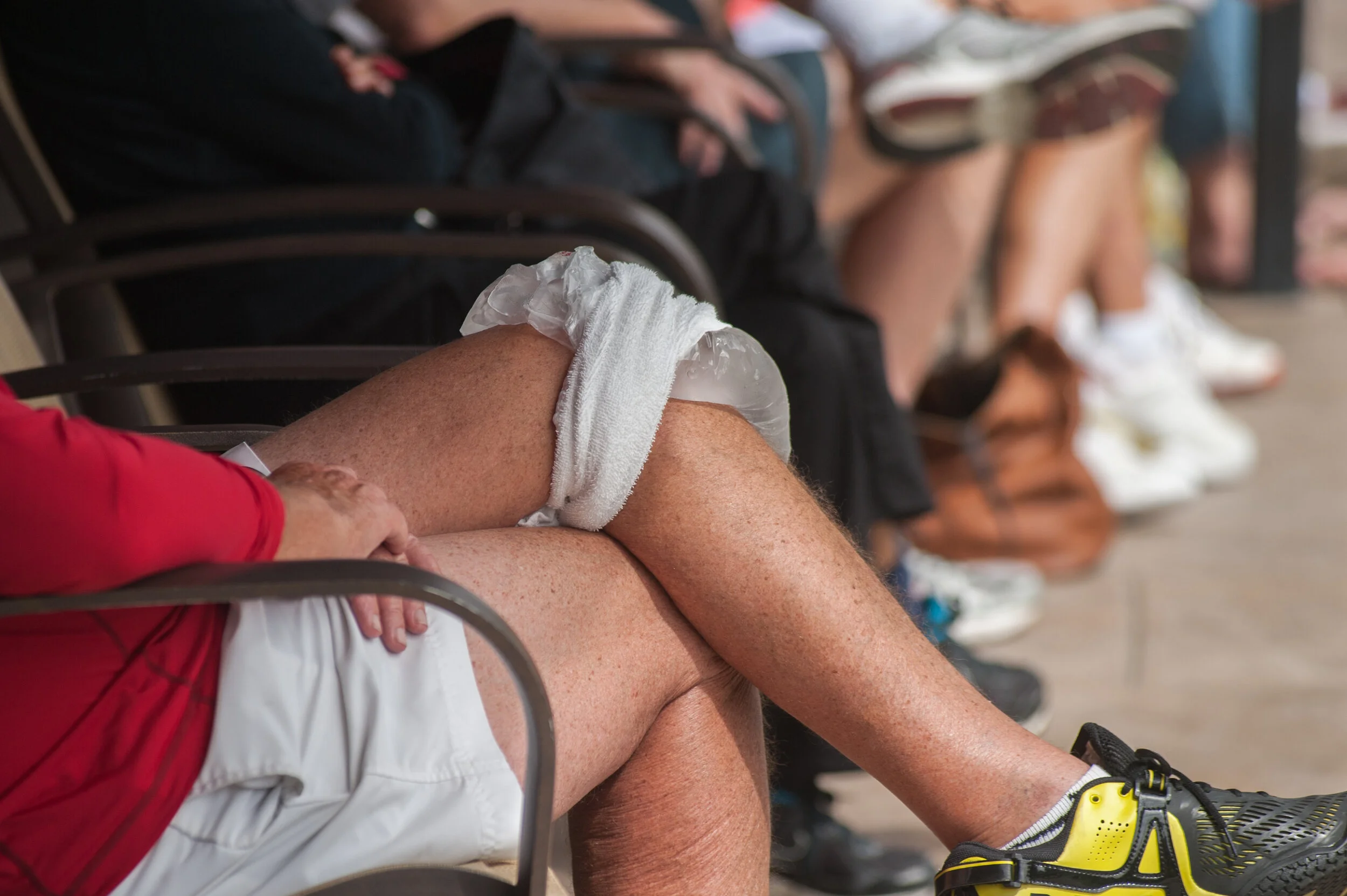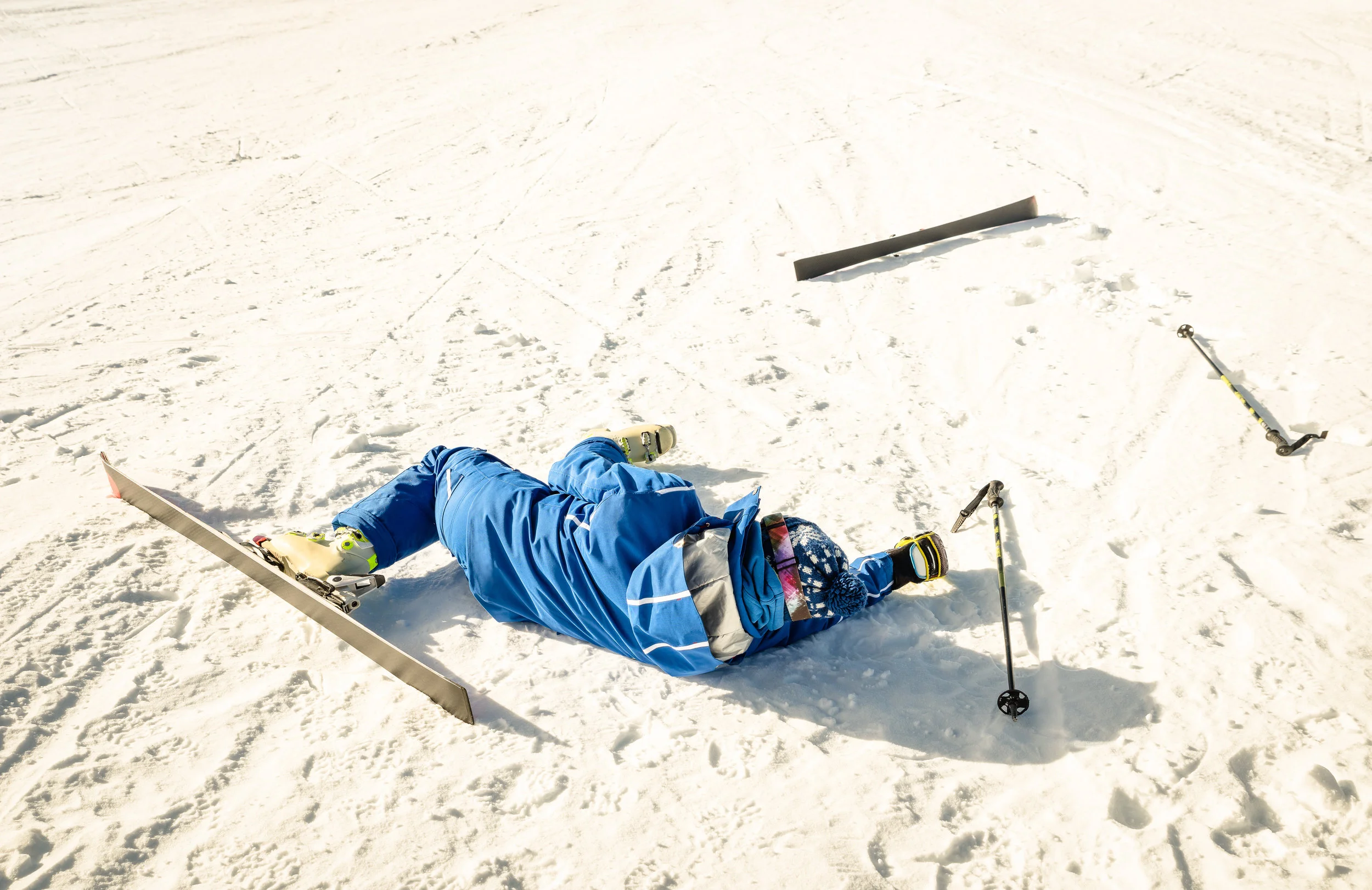This was a tough winter, and some of you didn’t escape without tearing the dreaded ACL.
All in Knee Surgery
Do I Need Surgery For a Meniscus Tear?
When you walk or run, you are actually placing two to eight times your body weight on the knee joint. It is the job of the meniscus to absorb this weight and distribute it evenly throughout the joint.
Is You Season Over After An ACL Tear?
You’ve torn your ACL. So is your season over? Find out in this series of videos with The Knee Doc.
Why The Heck Did I Tear My Meniscus Playing Golf?
Unfortunately, tearing your meniscus while playing golf is not that uncommon. Here's why...
Will an ACL Tear End Your Athletic Career?
Don’t worry. In this day and age, an ACL Tear is merely a setback, not a career-ender.
What are the common Types of Knee Surgeries?
Wha are the types of knee surgeries? Here are some of the more common ones.
Meniscus OR Articular Cartilage? What’s the difference?
Confused by the difference between the meniscus and articular cartilage? You're not alone. Let's clear it up.
Recovering from a Torn Meniscus
A torn meniscus is damage to the "cushion cartilage" of the knee. Left untreated, it can lead to arthritis.
Why Do Loose-Jointed People Have More ACL Tears?
Are you loose-jointed? Dr. Sterett talks about why you have a 5x greater risk of suffering an ACL tear.
5 Things I Learned From Practicing Sports Medicine with Richard Steadman at the Steadman-Hawkins Clinic
I learned so much from Richard. We worked together for 18 years, so this is in no way an exhaustive list, but it will give you an idea of why Dr. Steadman was considered one of, if not the best, surgeons in the sports medicine world.
What is SCP (The Subchondroplasty Procedure)?
When we see these bony changes on MRI, we perform a procedure, by injecting a bone graft substitute into the bone to seal up the insufficiency problem.
What Are The Odds and Risks of Re-Tearing My ACL on the Same Knee After Surgery?
You aren't alone in wondering what the chances of re-tearing the ACL are. In fact, I get the question so much that I decided to put a video together answering the question for you!
ACL Reconstruction (Video)
Since ACL Reconstruction is always a timely topic, I thought I'd delve into it here in video form for all of you visual learners.
What Are My Options for ACL Reconstruction? Answers from a Vail Orthopedic Surgeon
You’ve injured your ACL playing your favorite sport, but you want to keep doing the activities you love without upping the risk of your knee giving out again-- or putting your meniscus and cartilage at risk. So what comes next? Well, it’s time to talk about ACL reconstruction.
Good News For Competitive Athletes with ACL Injuries
In the past, it wasn’t uncommon to hear an ACL injury referred to as “career-ending.” Not anymore. And while you certainly still hear ACL injuries referred to as “season-ending”, recent evidence and research tells us that you can come back from the injury performing at an even higher level.
How Long Will It Take To Return From Knee Surgery?
One of the big concerns that active people have after they have surgery on the Anterior Cruciate Ligament concerns how long it'll take to return to full speed. Many of the folks I see enjoy a high level of performance, either in recreational or professional sense, and my goal is to get them back to the same level (or in some cases, performing better) than before.
Knee Pain Symptoms, Diagnosis, and Relief (Info-graphic)
Wondering about symptoms, diagnosis, and relief for knee pain? Here's an infographic with a quick, helpful guide to the topic.
When Should Children Get ACL Surgery? The Pediatric (Kids) ACL, Part 2
There are so many surgical options out there for treating the young child tearing their ACL trying to minimize the risk of either arthritis or growth plate disturbance. Surgical techniques have been developed that do not require drill tunnels, tunnels that do not cross the growth plate, and even repairing the torn ACL directly without replacing it.
The Pediatric (Kids) ACL: ACL Injuries In Children and Adolescents (Part 1)
In this post focusing on the pediatric ACL, Dr. Bill Sterett talks about ACL injuries in kids and adolescents. When is it time for kids to get ACL surgery? What are the unique factors when it comes to the children's ACL injuries. And more...
When Can You Return to Sports After ACL Surgery? (Video)
Let's talk about a topic that people are REALLY interested in (especially athletes who want to get back onto the fields of friendly strife), and that's how to decide when it’s ok to return to sports after your ACL surgery.



















